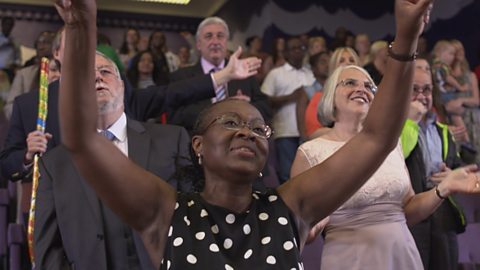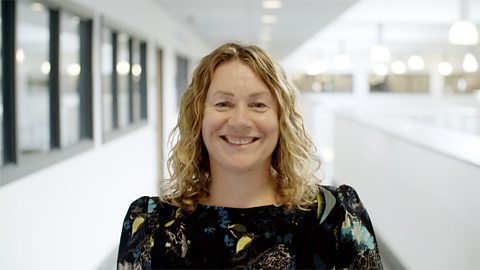
By Katie Gooch
Educational consultant specialising in religion and worldviews
This article was published in January 2023.
For schools, World Religion Day is a great opportunity to spend some additional time focusing on religious and non-religious identity in our local, national and global communities.
World Religion Day is marked on the third Sunday in January. It was originally a concept from the Spiritual Assembly of Bahá’à Faith in the late 1940s in the US, with the intention of focusing on the positive things that bind many religious groups together.
The day is now marked internationally. So how can you mark it in the classroom?
Local, national and global worldviews
For schools, World Religion Day is a great opportunity to spend some additional time focusing on religious and non-religious identity in our local, national and global communities.
The 2021 National Census Religion Data could be a really useful place to start for older pupils. See the figures for , and you can also find the results from and those for
What does the national data reveal about the changes in religious identity in England, Wales, Scotland and Northern Ireland over the last decade? What does the interactive local map for England and Wales show us about religious identity in our local area? What can we find out about these religious and non-religious worldviews?


A trove of wisdom… and more
I recommend taking a look around the Teach website if you’re not familiar with it.
There are lots of resources, some of which have been curated specifically for World Religion Day. Many have useful teacher notes and suggestions of how to use the different clips.
Treasure Champs is a series I have only just discovered and it really is a treasure trove for teachers of younger pupils. The films explore moral values linked to faith and culture and feature all 30 stories from the popular CBeebies series Treasure Champs.
What I really love is that they explore themes that are often complex for younger pupils to understand such as empathy, wisdom, sacrifice and humility.
What’s even better is that selected clips of the religious or cultural story linked in the episodes have also been mapped to the SMSC framework with assembly ideas and teacher notes. These would make a great basis for a week of assemblies linked to World Religion Day.

Religion in the community
The My Life, My Religion clips are a brilliant case study focus showing examples of lived religion within a British community. Pupils could explore and compare these themselves or with guidance from the teacher.
For teachers looking for resources linked to a calendar of religious festivals, there are pages with both teaching and assembly plans available for festivals throughout the year.
Stories and discussions
The clips from Bettany Hughes’ Divine Women series explore stories of women and religion and could spark some interesting discussions in the classroom, and are directly linked to GCSE specs.
The clips from Strictly Soulmates also provide some interesting insights into how religious identity impacts an individual’s worldview in their personal relationships.
The A-Z of Religion and Beliefs series includes some thought-provoking themes such as U for Uncertainty exploring agnosticism.
World Religion Day is just one day in the calendar, a chance to shine a spotlight on the richness and diversity of lived religion around the world and celebrate connections between and within religious and non-religious groups.
For Teachers of RE, RS, RVE and Worldviews, the 91Čȱ¬ Teach resources are an invaluable all year-round classroom resource from EYFS to KS4 – for us, it’s always in the spotlight!

How to promote an inclusive environment in your school. document
Diversity and inclusion education consultant Aisha Thomas gives tips and advice about implementing diversity and inclusion strategies in your school.

Refugee allies video
Students from refugee backgrounds share their experiences of learning a different language and understanding a new culture whilst trying to fit into a new school environment.

How do you meet the careers needs of a diverse catchment area? video
A look at a secondary school in the South Midlands, where a diverse catchment area means a broad careers programme is needed to meet every student's needs.
